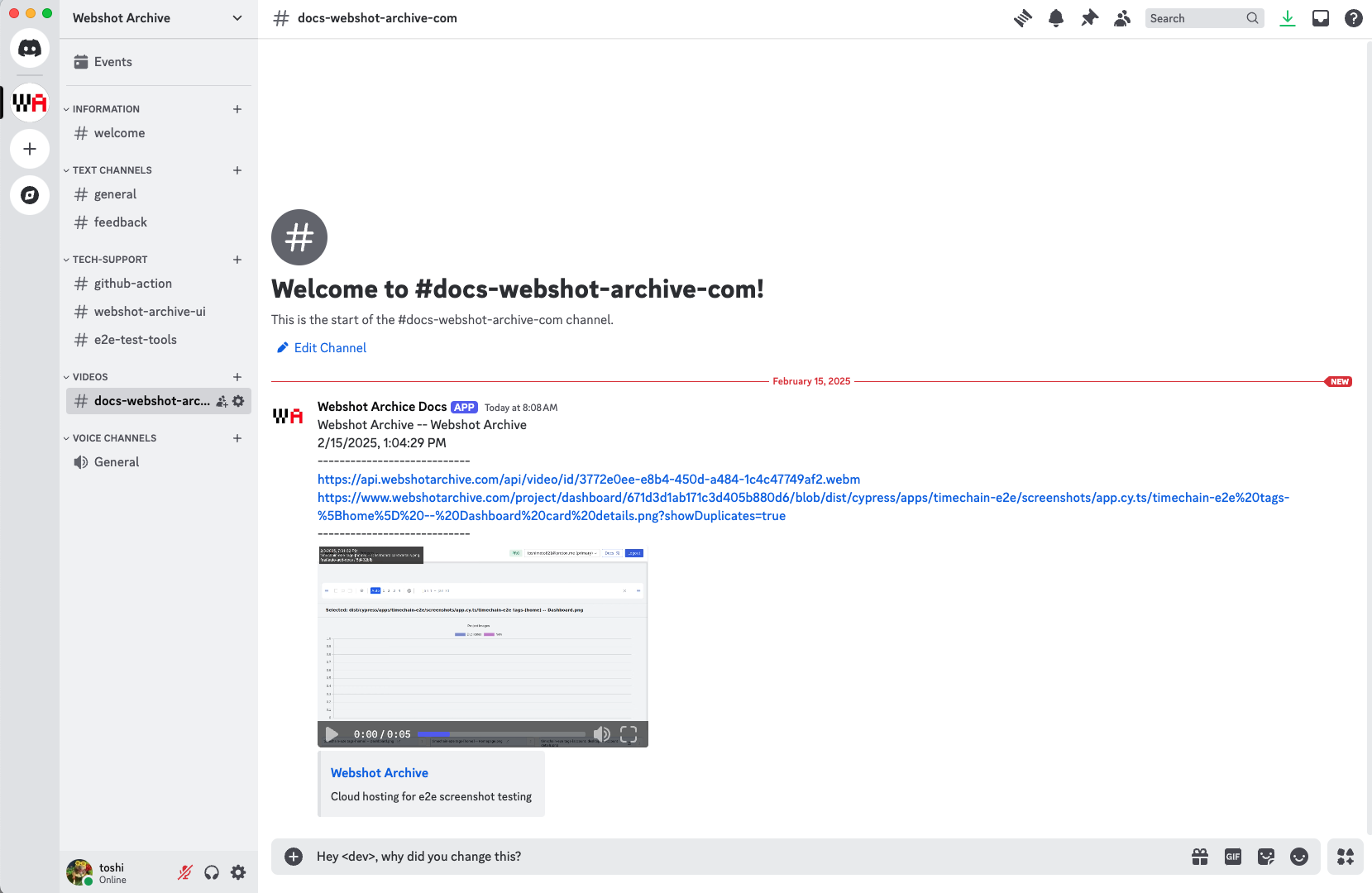Top 10 Playwright Features That Will Transform Your Testing Game
Playwright has rapidly become the go-to framework for modern web testing, and for good reason. While many developers know the basics, there are powerful features hiding beneath the surface that can dramatically improve your testing experience. Whether you're a seasoned tester or just getting started, these 10 features will take your Playwright skills to the next level.
From advanced debugging tools to seamless CI/CD integration, we're counting down the most game-changing features that every developer should know about.

